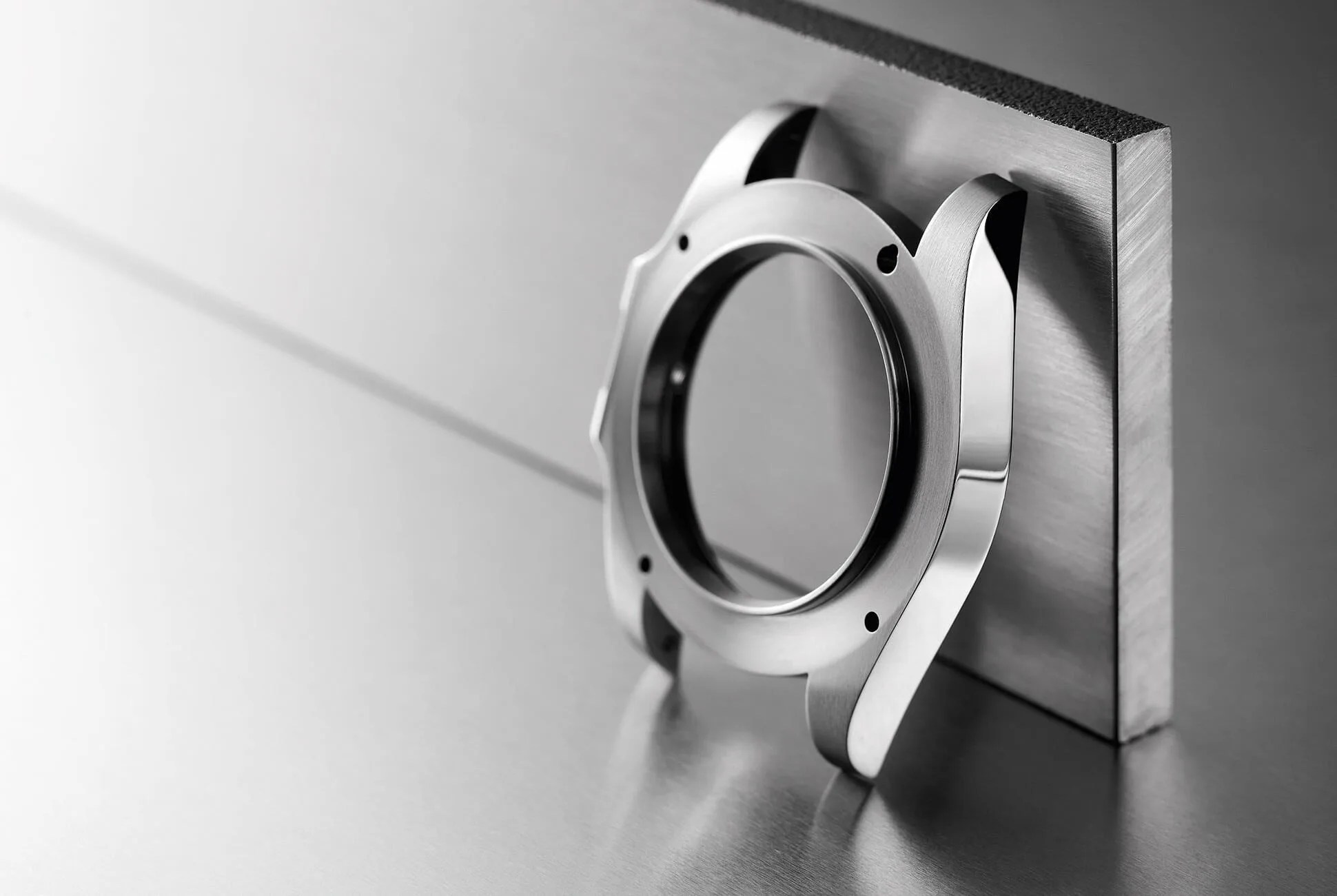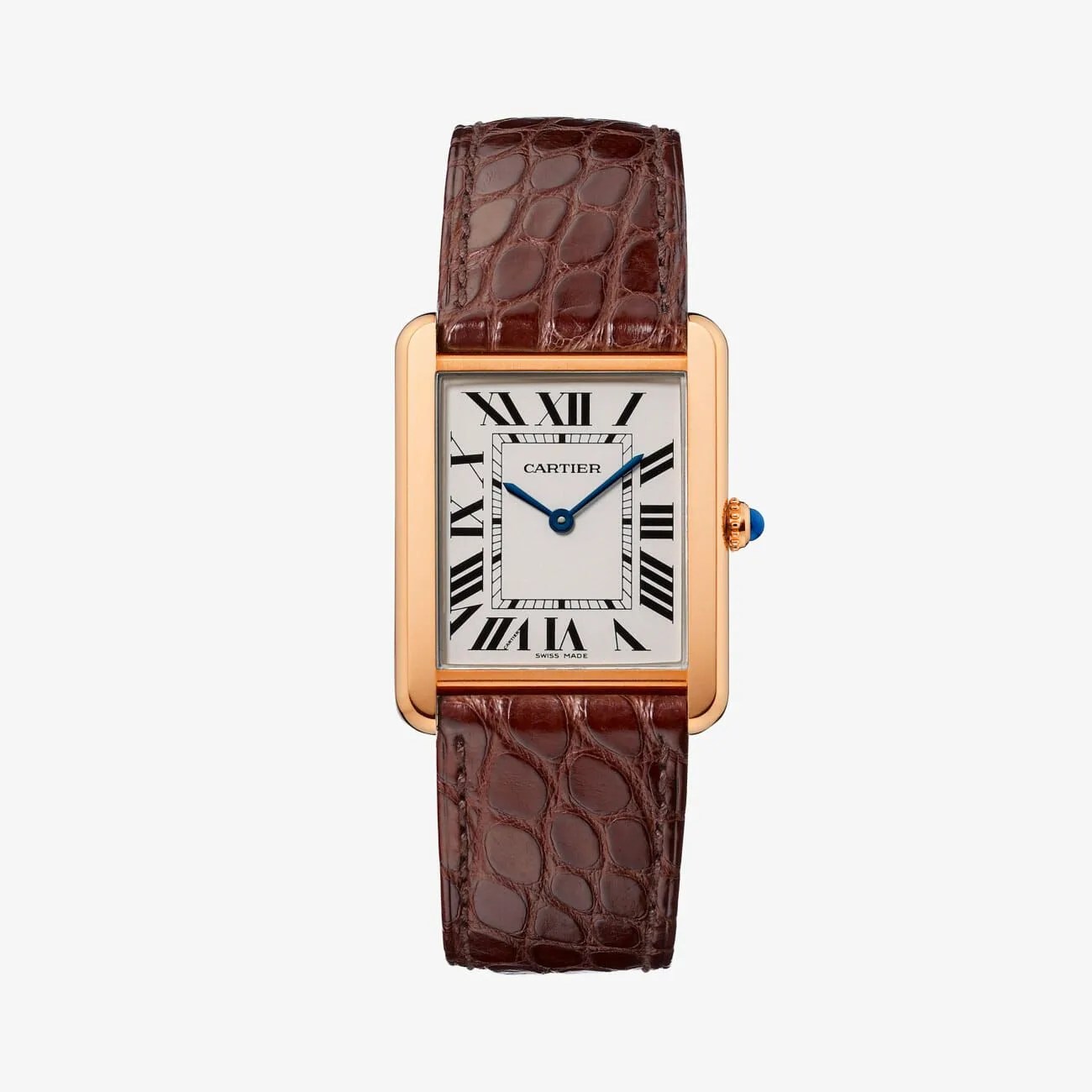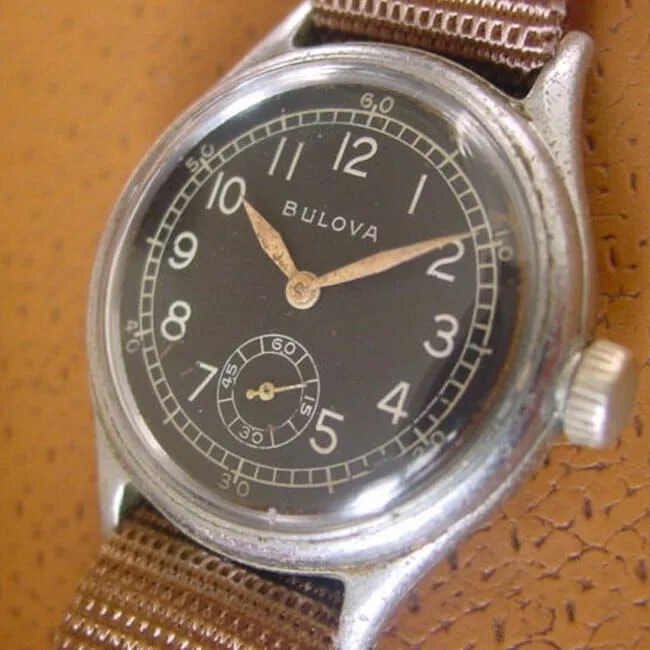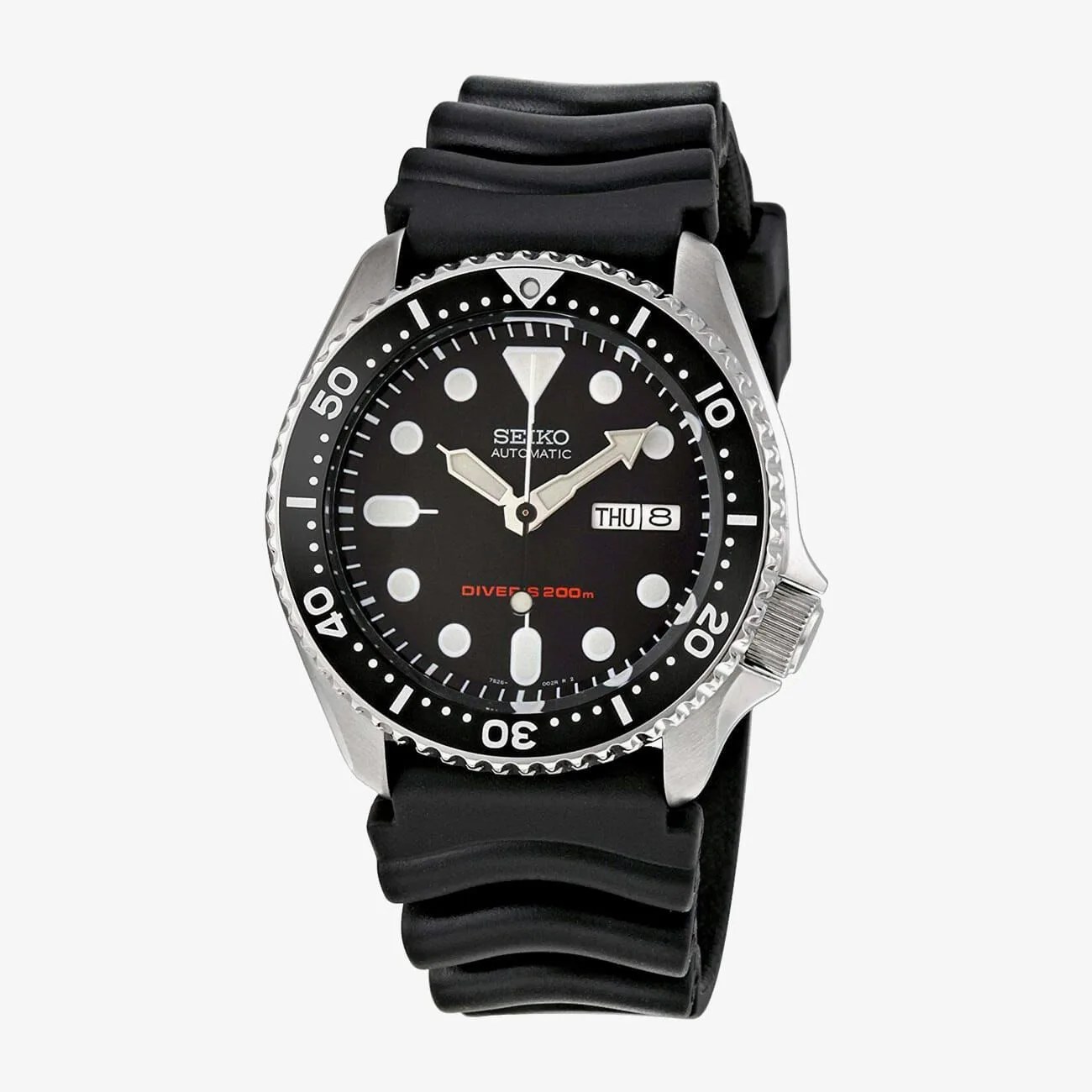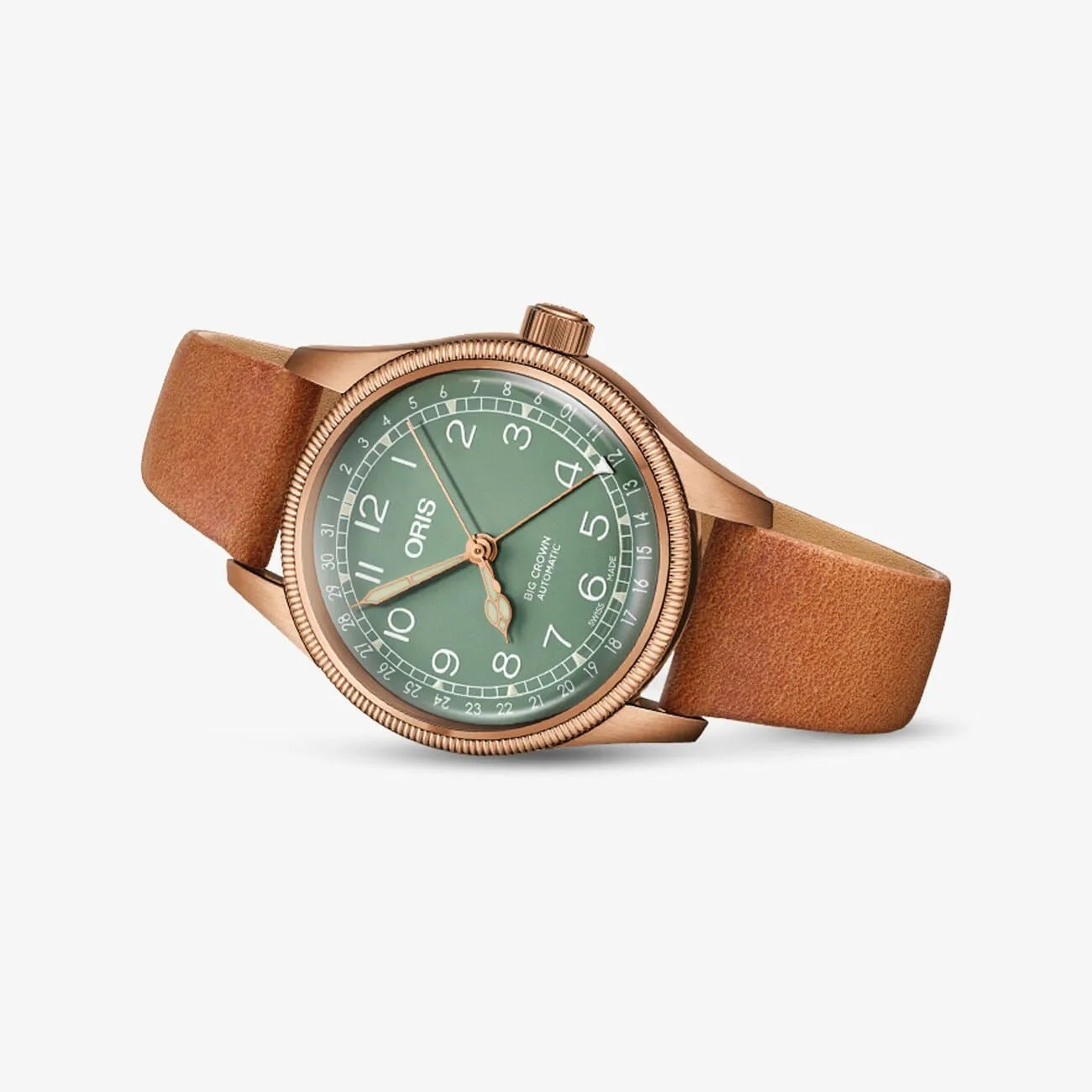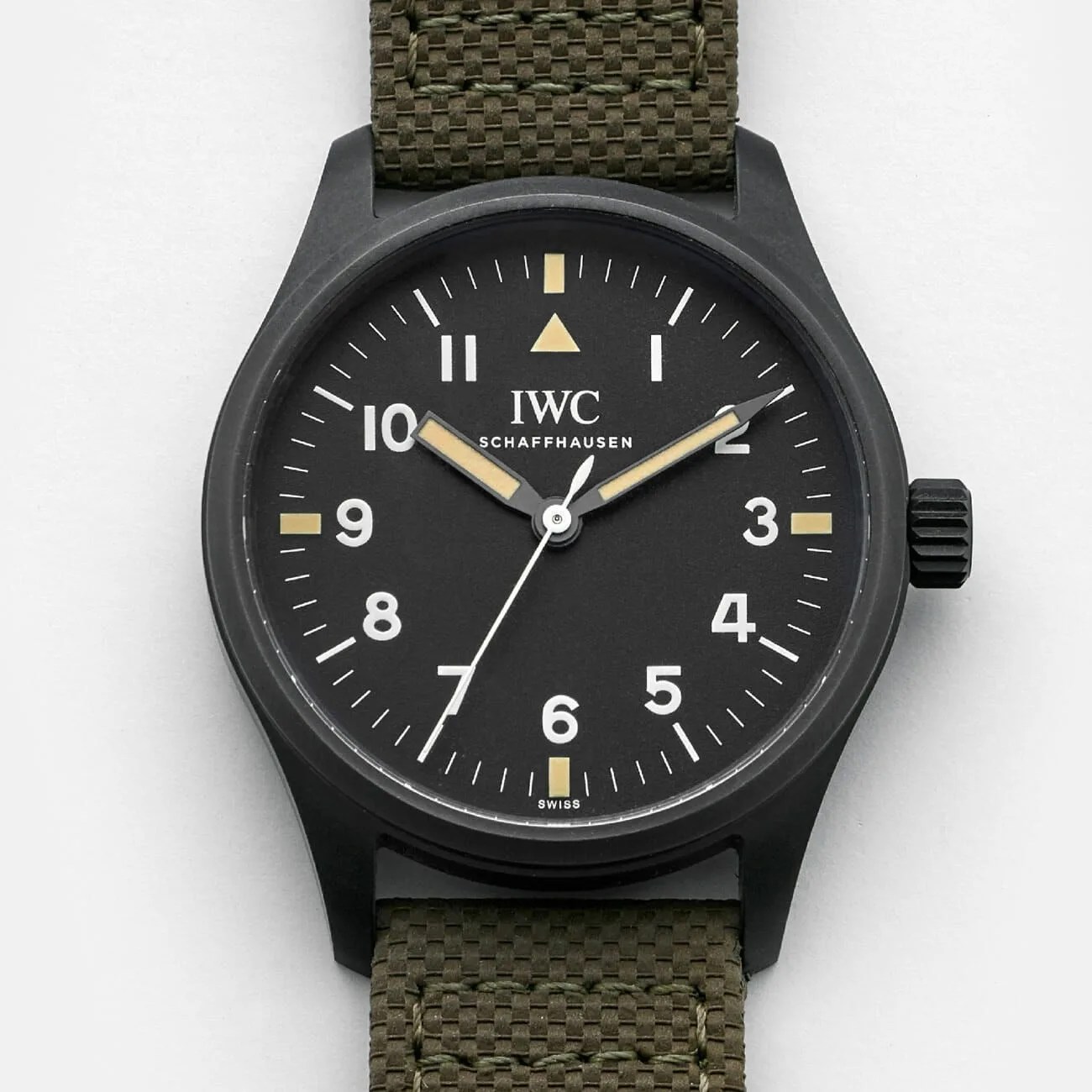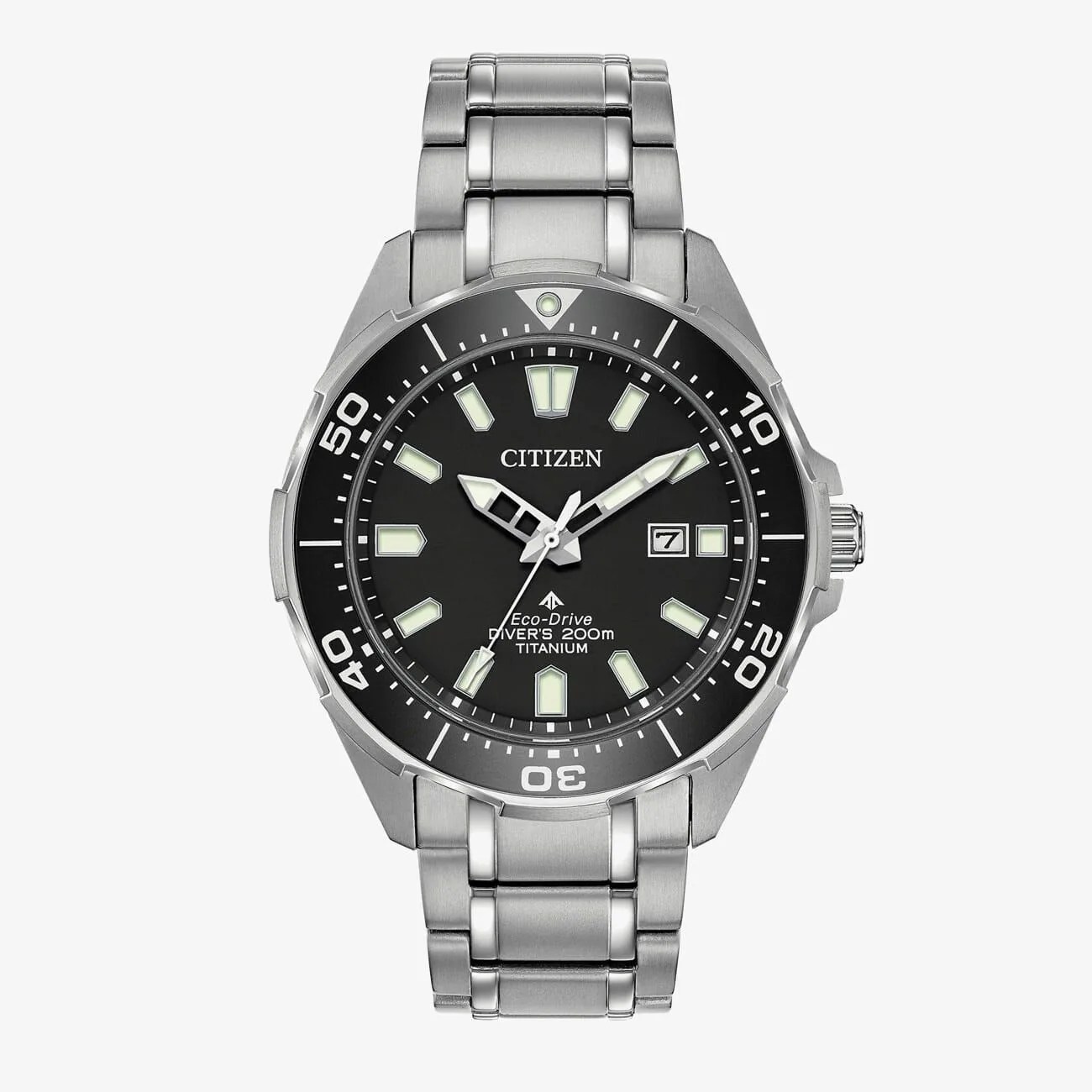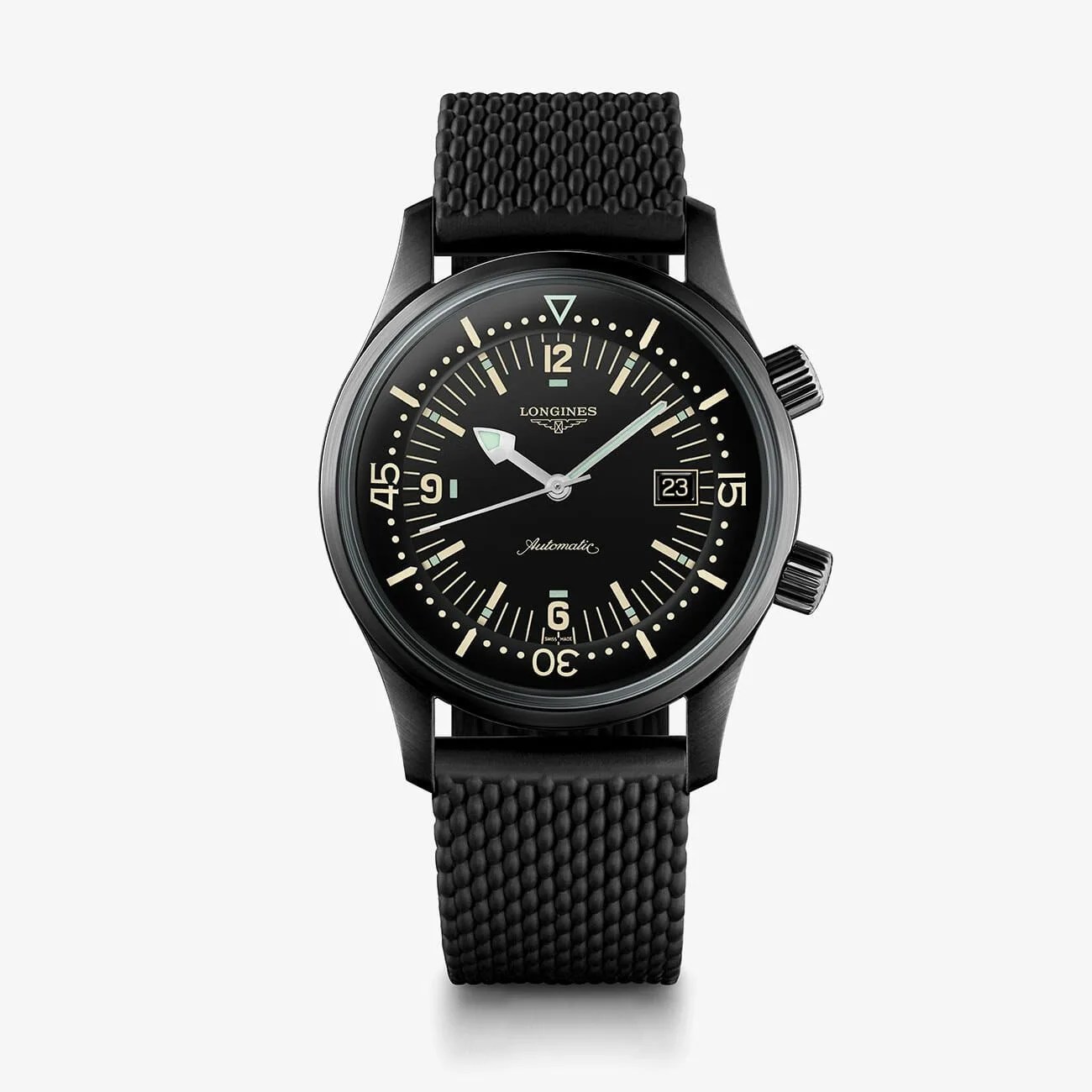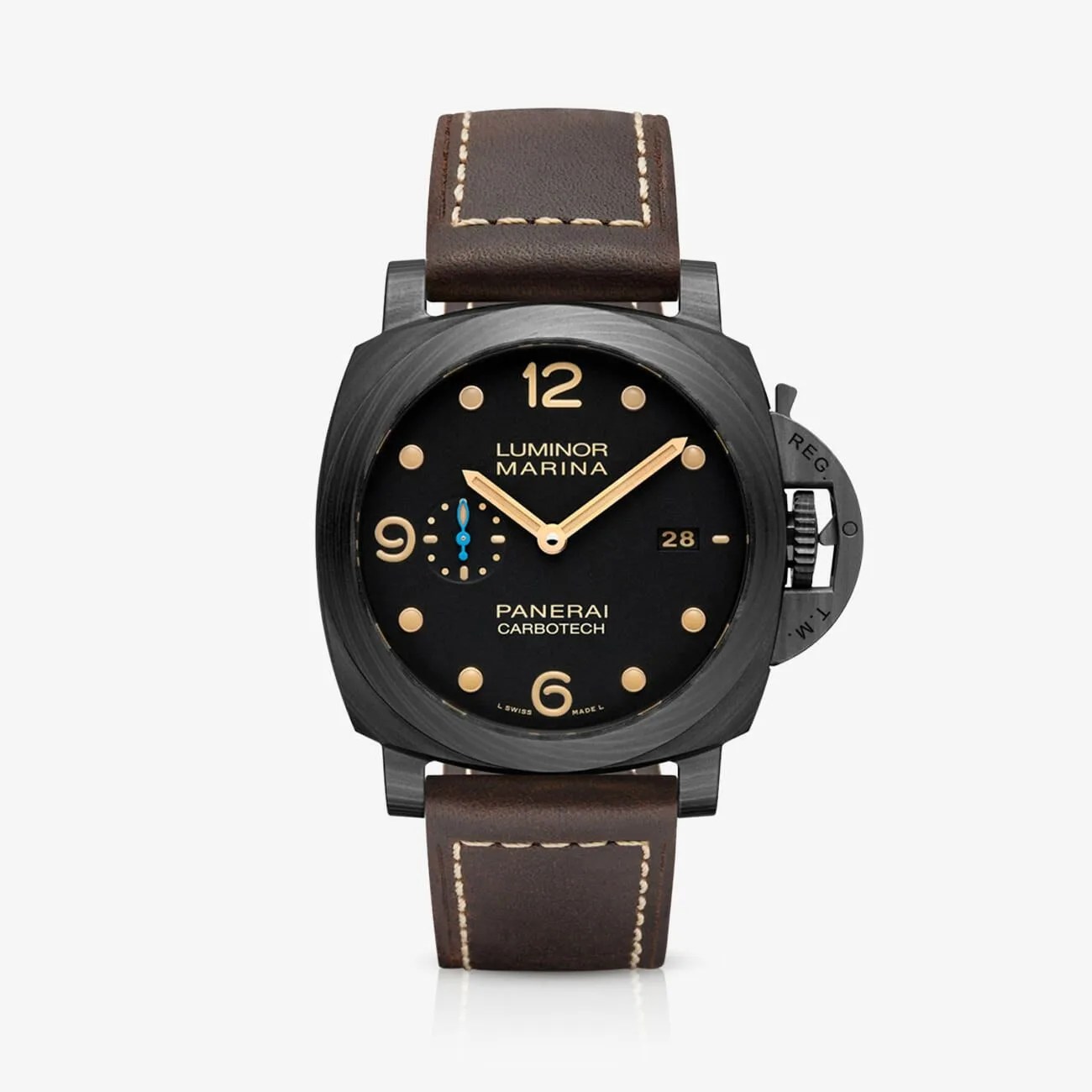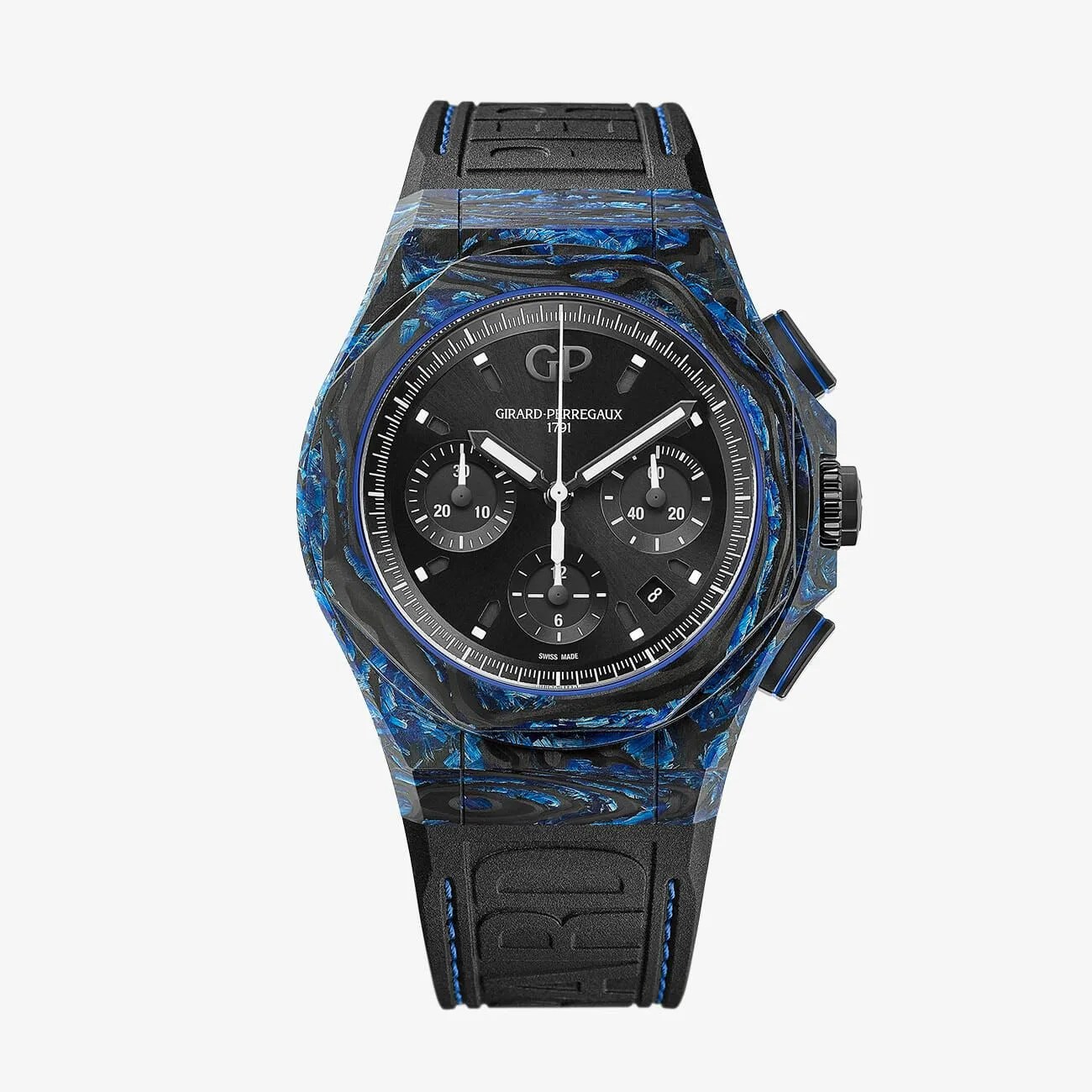The fine art of watchmaking will forever be rooted in centuries-old traditions. However, modern watchmakers never cease to adapt with the times. In recent years, brands have devoted much of their research and development efforts to one particular area of interest: the evolution of new materials. Today, watchmakers are utilizing more cutting-edge materials in their creations than ever before.
In the early days of watchmaking, artisans painstakingly crafted each and every component by hand. Up until around the twenty-first century, these elements were made of materials like precious metals, chrome-plated brass, and then, stainless steel. Industrialization inevitably led to larger scale production, which resulted in a more efficient and less tedious method of manufacturing watches. It also led to the development of new materials that helped to bolster the efficiency of the watch itself.
Aesthetic preferences aside, you may give little thought to the materials your watch is made of. However, the use of different materials in watchmaking goes far beyond the look of a traditional two-tone design versus a futuristic PVD-coated stainless steel. Brands are employing state-of-the-art materials in their watches from the inside out. They not only give models a new appearance but also help to increase durability and reduce weight. Here, we’ve compiled a guide to these watchmaking materials, from time-tested standbys to the latest innovations.
Watchmaking Materials
Ruby
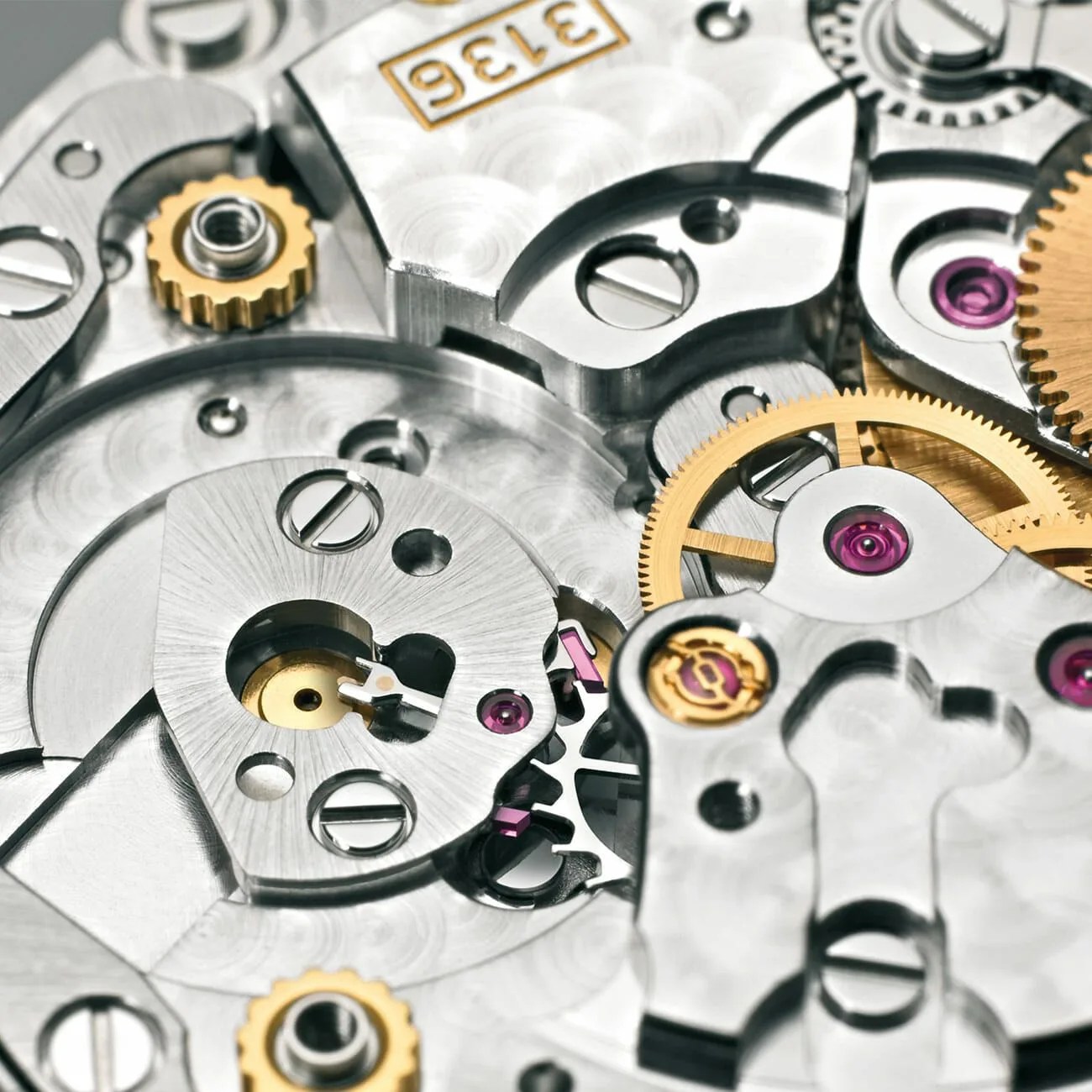
You may have heard about the number of “jewels” of a particular watch movement. Prior to the twentieth century, watchmakers used natural jewels as the bearing for the wheel trains and other elements susceptible to the most wear and tear, like the escape lever. These jewels help to reduce friction and increase accuracy. In 1902, a French chemist by the name of Auguste Verneuil established a method to create synthetic jewels or rubies, which are used today in modern watch movements.
